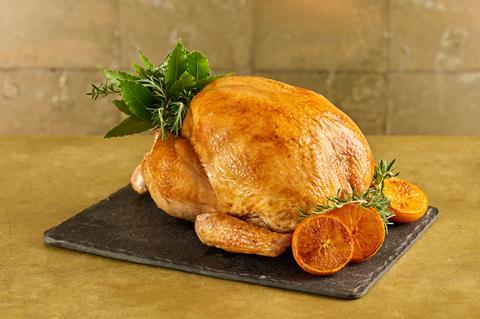
Whole turkey sales fell by 13.2% in the run-up to Christmas, following concerns over bird flu-driven supply issues, AHDB has revealed.
The spike in avian flu in the run-up to Christmas resulted in the deaths of 600,000 festive birds – representing about half the 1.2 million to 1.3 million free-range turkeys and geese earmarked for the 2022 Christmas season, MPs on the Commons Efra Committee heard on 29 November.
And this loss of birds was a key driver in the fall in turkey volumes, AHDB said, with whole turkey sales also down by 33.1% compared with 2019 levels [Kantar 4 w/e 25 December 2022].
While crowns and smaller turkey joints did experience an uplift in volume of 4.8%, total sales for roasting volumes for turkey were still down by 3.2% compared with 2021 and by 20.6% compared with 2019 – the last “normal” Christmas, AHDB added.
Overall sales in meat, fish and poultry were largely flat (–0.3%) in December with red meat seeing marginal gains. But according to Rebecca Gladman, retail insight manager at AHDB, “given the total grocery context of –1% volumes [at Christmas], this was a real positive for the category”.
Gladman added it was a “largely positive Christmas for red meat roasting joints”, as lamb, beef and gammon volumes all grew compared with 2021.
Pork roasting joints were the only exception, with a 3.4% decline driven by a fall in sales of leg and loin joints, though shoulder joints remained in growth.
But despite this, pork roasting volumes were up nearly 9% when compared with 2019. In addition to this, pork and gammon combined accounted for just under a quarter of all roasting volumes in December.
Lamb also performed well, with leg roasting joint volumes increasing by 10.6% and shoulder volumes rising by 3.9%, which put volumes ahead of not only 2021 but also 2019.
However, chicken was the main challenger to red meat and turkey, with volumes of whole chickens rising 11.9% year on year, equalling 23% of all roasting volumes in December.
“Despite the price of whole chickens rising 11.0% over this period, it remains much lower in cost than other proteins, and this volume increase continues a trend seen in recent months,” explained Gladman.
The Kantar data also revealed dairy did not perform as strongly as meat over the festive period, with overall volumes dropping by 2.6%, despite British shoppers spending over £1bn on dairy in retail. All core categories in dairy saw volumes fall but cheese fared best with volumes down 1.3% year on year but up 12.5% compared with 2019.







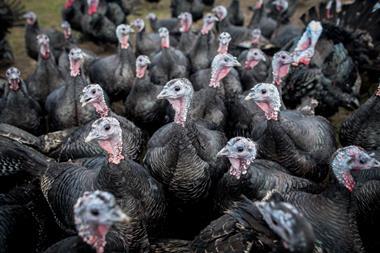
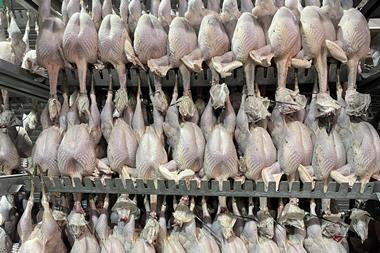
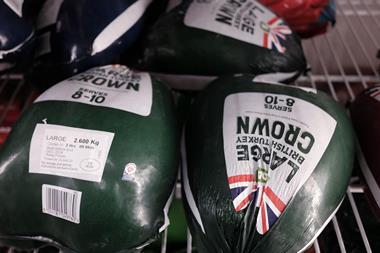
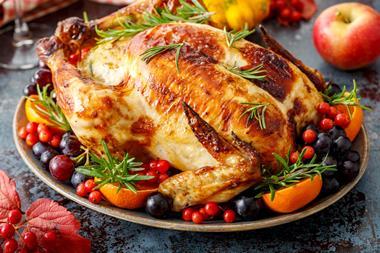
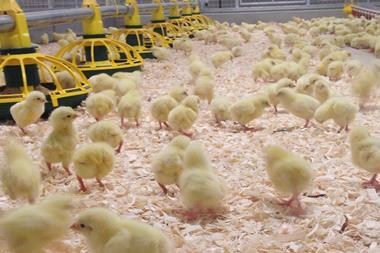

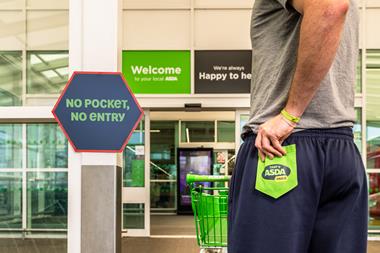


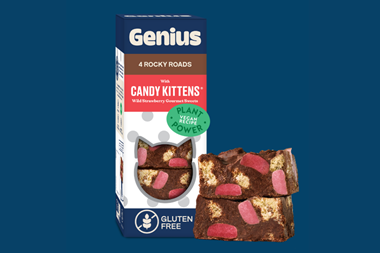
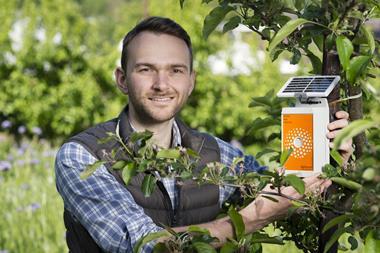

No comments yet